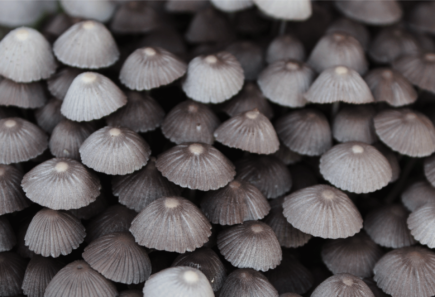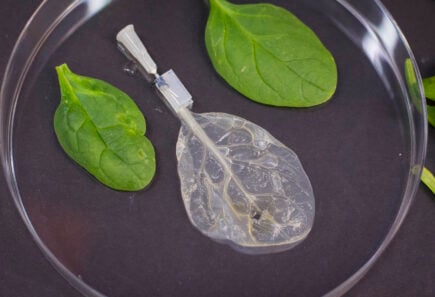
Fantastic fungi and mischievous molds: The role of fungi in advancing the science of alternative proteins
Join Dr. Josephine Wee, Assistant Professor of Food Science at The Pennsylvania State University, as she discusses how fungal mycelium can provide texture and nutritional value for high moisture alternative meat as well as support cell growth and development for cultivated meat.







